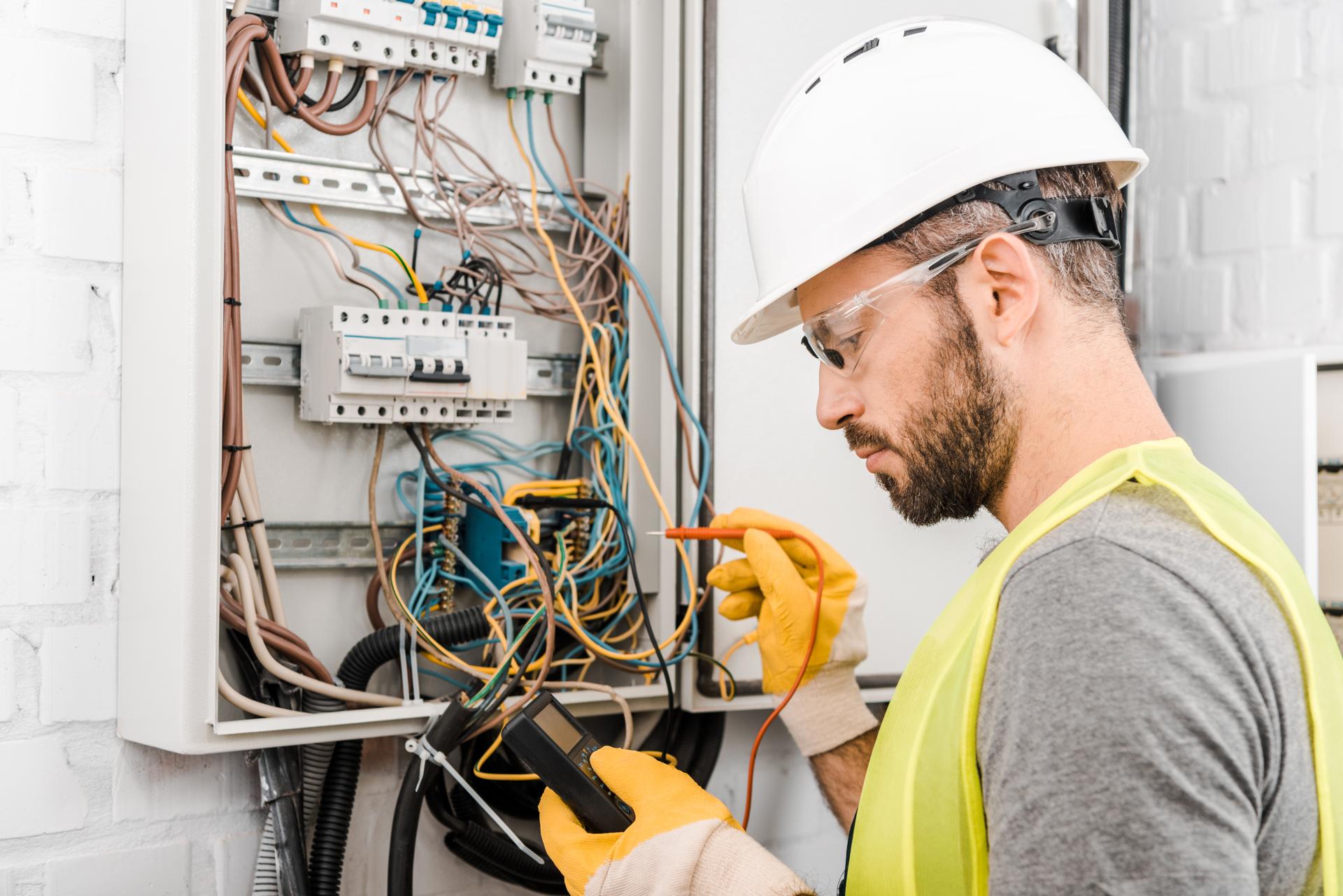The Fundamentals of Electrical Wiring in Your Home: A Novice's Perspective

Electricity is a vital part of our daily life, powering everything from the lighting in your homes, to gadgets that we use each day. However, electrical systems can be a bit complicated making it difficult to understand how they function isn’t easy. In this article we’ll go over the components of an electrical system and show how circuits operate to power devices and appliances. Our residential electricians can handle any electrical jobs you need.
Components of an Electrical System
A home’s electrical system includes a number of key components that work together to deliver power throughout homes. This includes:
Breaker box: the main distribution point for electrical power in a home that is where electricity is divided into different circuits
Outlets and switches: the places where electricity is delivered to devices and appliances
Wiring: the wires that transmit electric current from the box to outlets and switches
Electronic appliances and gadgets: appliances and devices that require electricity to function.
Electrical Circuits
A circuit of electricity is a pathway that allows electricity to flow from the main source (the breakers box) to the devices and appliances in the home. There are two kinds of electrical circuits in a home which are 120-volt circuits and circuits with 240-volt voltage. 120-volt circuits are utilized for most household devices and appliances, while the 240-volt circuits are designed for larger appliances such as air conditioners and electric dryers.
Electrical circuits work by creating the loop which allows electricity to be transferred from the source to the device or appliance. The loop is made up of a hot wire which transports the power and a neutral wire which completes the circuit as well as the ground wire which provides an avenue for electricity to travel to the ground in the event of a fault.
Understanding Electrical Wiring
Electrical wiring is available in a variety of different types, including non-metallic sheathed cable (NM), armored cable (AC), and conduit. Each comes with its own pros and disadvantages and the selection of the wiring type is contingent upon the specific requirements for the particular installation.
Wiring conducts electricity through the creation of electrons that travel through the wire. Electrons move through the wire from source, to device or appliance and then back to the source via the neutral wire. It is crucial to make sure that the wiring is installed and maintained correctly, as improper wiring can cause electrical hazards like shocks and fires.
Common Electrical Issues
Some common electrical problems in homes include tripping light bulbs, flickering breakers and electrical outlets that are not working. The causes of these issues could be due to a variety of reasons such as overloading circuits poor connections, or faulty wiring.
If you are experiencing one of these problems, it is essential to determine the cause and take appropriate actions to rectify the issue. In some instances it may be necessary to contact an authorized electrician to inspect and repair the wiring.
Concluding and Call to Action
In conclusion, understanding how electrical wiring operates is vital to ensure the safety and security of the electrical system in your home. By following the guidelines outlined in this guide to stay secure and stay clear of potential dangers.
If you have any questions or concerns regarding your home’s electrical system do not hesitate to call Local Electrician Sutherland. Our licensed electricians have the knowledge and expertise to meet your electrical requirements. Contact us at 1300 610 481 to schedule a consultation.
FAQ
What are the symptoms of an electrical wiring issue?
The signs of an electrical wiring issue could include tripping breakers flashing lights, and dead outlets, among others.
How often should I have my home’s electrical system inspected?
It’s recommended that you get your home’s electrical system inspected by an authorized electrician each 10 years.
What is the life expectancy of wiring that is electrical?
The life expectancy of electrical wiring is based on many factors, such as what kind of wire used, the environment it’s installed in, and the quality of installation. The majority of electrical wiring will last for up to 30-years or longer if it’s installed with the proper installation and maintenance.
Can I fix electrical problems by myself or should I engage an electrician?
While some electrical issues can be fixed by homeowners, it’s advised that you employ an authorized electrician for the majority of electrical repairs. Attempting to fix electrical problems without proper training and knowledge can be risky and could cause damage or injury to your home.
What should I do if I experience an electrical emergency within my home?
In the event of an electrical issue first thing to do is to shut off the power to the affected area by shutting off the breaker or fuse. Contact an authorized electrician to look into and fix the issue as soon as is possible.
By following these rules, you can ensure the security and reliability of the electrical system in your home and reduce potential hazards. Be aware that when you need repairs to your electrical system or installations, it’s recommended to rely on the professionals. Reach out to Local Electrician Sutherland at 1300 610 481 to discuss all of your electrical requirements.
